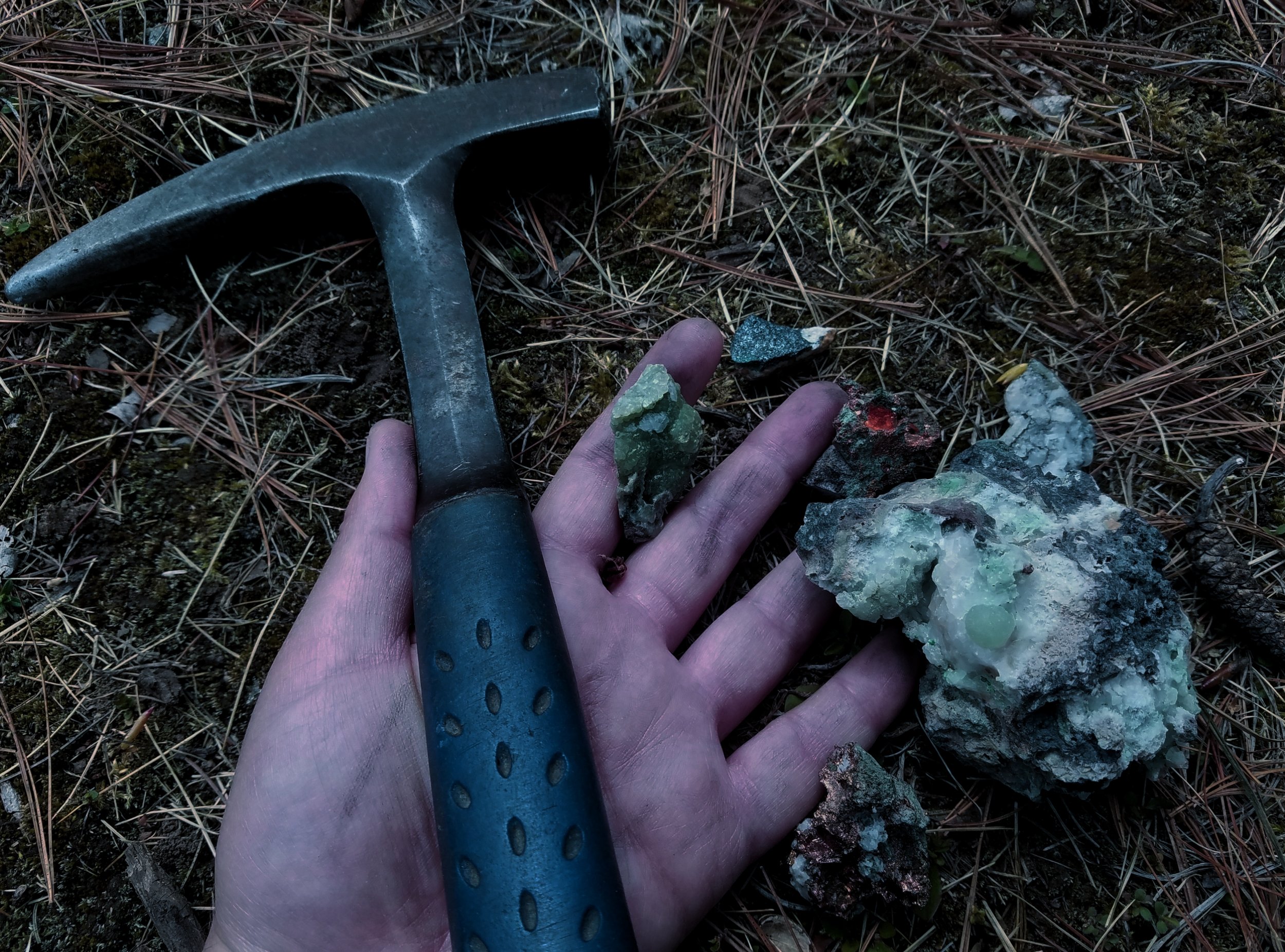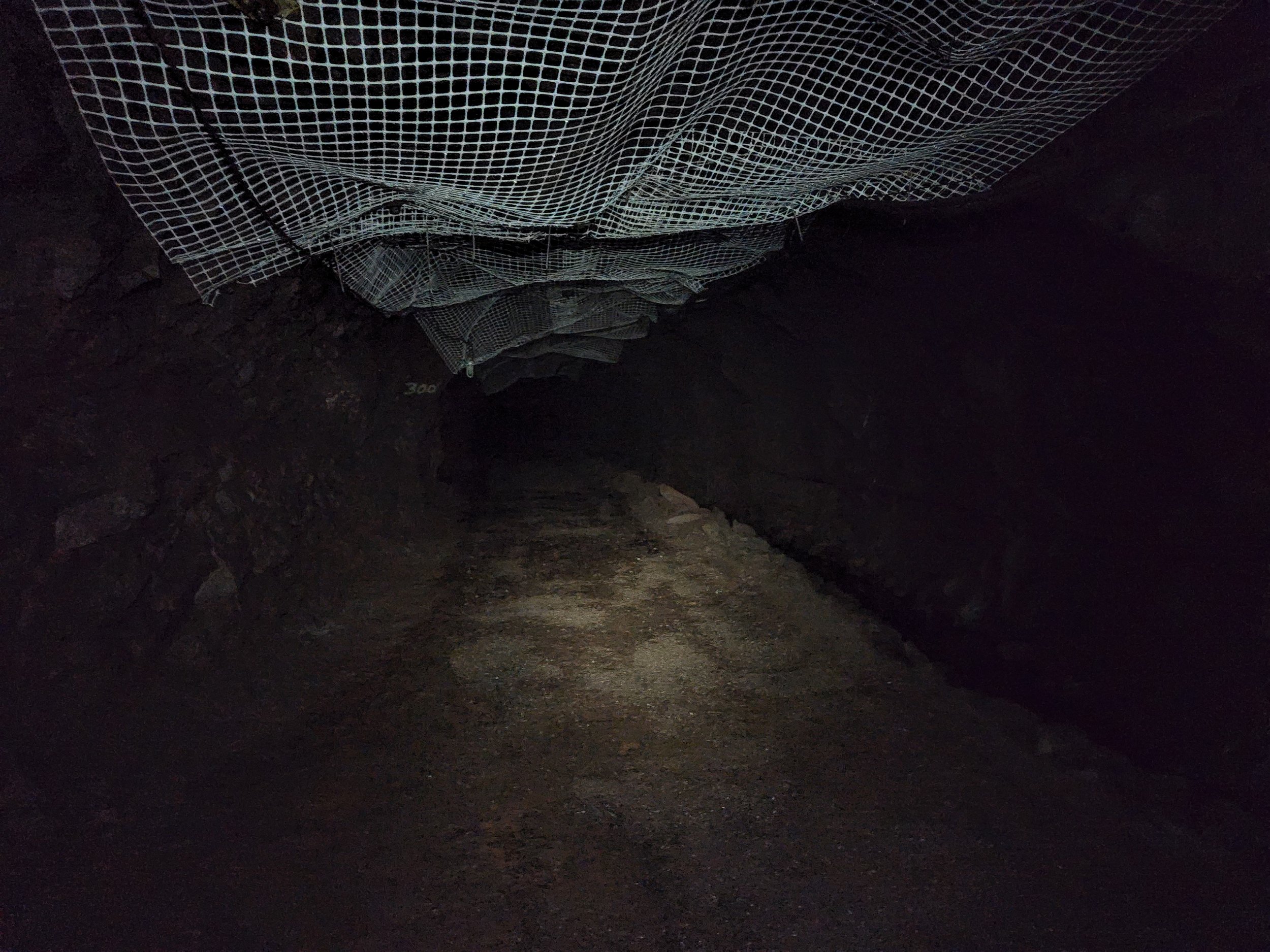Midnight Mining: The Deadliest Rockhounding Adventures
Way up in the Far North country, nestled within the northern peninsula known as the Keweenaw, itself at the tippy-top of Michigan’s Upper Peninsula, is the old copper mining country. Active in the late 1800s and early 1900s, this land provided the metals that would fuel America’s industrial revolution. Early in the 20th century, the mines would all close— not because they’d run out of copper, but because there was simply too much.
Photo Credit: Craig McClarren
It was a bitter piece of irony for the region, destroying its economy. There was simply no way to remove the huge thick sheets of copper underground cheaply. It was far cheaper to blast out thousands of tons of rocks elsewhere and leach out the few flecks of copper in them than to employ teams of men with hacksaws working around the clock to saw the copper sheets out of the rocks of the Keweenaw.
One by one, all of the mines closed.
Smack dab in the middle of that copper country sits the old Michigan School of Mines, today known as Michigan Technological University. For geology students with a passion for collecting, there are literally hundreds, if not thousands, of places to choose from to grow their collections. From exploratory pits in the woods to hundreds of old mine dumps, with millions of tons of mined material piled high. Scuba divers find veins of copper jutting from the lakebed into Lake Superior and hikers find float copper, pulled up by glaciers thousands of years ago, lying about the forest. For those in search of the richest treasures and the most dangerous thrills, however, there are sinister dark places that call to us: the mines, themselves.
It is illegal to enter these old abandoned mines and it’s obvious why. They are incredibly dangerous. One of my favorite professors from Michigan Tech, Dr. William Gregg— who taught me in several classes and was a brilliant structural geologist— fell to his death in 2008 while installing safety equipment in the Quincy Mine, which Michigan Tech administers. There are tales of accidents in those mines. One man fell down a shaft, breaking his leg. It was a week before he was found and rescued! The abandoned mines are mostly sealed with large cement blocks and mine inspectors visit regularly. Anyone caught adventuring underground can face jail time and hefty fines. Any student caught underground faces immediate expulsion.
In order to avoid detection, the most avid thrill seekers and collectors set off after nightfall, driving the back roads through the dark— without headlights if the moon is bright enough. The risks are high, but the rewards can be great. There remain pockets of spectacular museum-quality minerals in some of these mines, but the risk of death and injury is high. The minerals aren’t the only draw, though: the adventure can be exciting in and of itself.
There was a graduate student at Tech while I was there. He was unique in that he pursued his BS, his M.S., and his Ph.D. at the same school and took just about the maximum amount of time allowed him to finish each degree. When he graduated, we named the Geology library after him. He had been there for almost 20 years, longer than most of the faculty!
Early on, the punishment for exploring the mines was far laxer— hardly more than a slap on the wrist— and this guy explored them a lot. I never saw him collect, but I heard the stories. The most impressive: he entered a mine just north of the Portage with a backpack, countless batteries for his headlamp, a sleeping roll, and lots of food. Those mines all connect to each other and one week later, he emerged in another town more than 20 miles to the north (it is said that today the shafts are flooded to a degree where this can no longer be done).
Quincy Mine, Photo Credit: Cody Wiedenbein
He’d told friends about his plan in case anything went wrong. After a few days, those nervous friends told a professor. That professor went immediately to the authorities and the police were parked at the mine waiting for him to come out when he finally emerged 7 days after going in. He spent his first 3 days above ground in a jail cell. After that, Tech instituted its immediate expulsion policy and that student claimed never to have entered a mine illegally again since that day. He also refused to share any of his secrets about those mines.
Today, it is almost impossible to midnight mine effectively because that knowledge has been lost due to policing and enforcement. Once upon a time, dozens of men and women knew the secrets of these mines: which ones were the best for collecting and how to get in. Now, though, that knowledge has largely been lost. That may seem sad, but with fewer people going into those mines, fewer people have died within them in recent years.
While at Tech, I became friends with a unique individual by the name of Shane (not really, name is changed for his protection). He was a former geologist and retired mining company executive who’d gone back to school for fun to study another subject. I was skeptical, but after seeing his picture in trade magazines and watching him splash out $800 from his wallet for supplies for an afternoon’s adventure, I was convinced. He later offered a 7 carat uncut diamond in a raffle for anyone who attended his lecture on diamond exploration. I won a jar of peridot.
Our first adventure was to a prehnite pit, where we unearthed some spectacular minerals. We went at dusk while the sun was still up. We parked a quarter mile away. In the back of his truck, he laid out some empty gun cases and camo gear- we would claim to be hunters looking for a spot to set up a deer blind. We finished our collecting and stowed our treasures. As we made our way back toward the car at sunset, suddenly a man started shouting at us. We couldn’t believe an inspector had happened upon us so easily! We sprinted, Shane hollering at me to run as fast as I could: he could afford to be expelled, but I couldn’t! We ran frantically through those woods, easily losing him. An hour later, we returned to the car. The hunting gear had fooled the inspector who apparently thought the hunter’s car wasn’t ours: there was no one waiting for us there and no ticket on the windshield.
We made two more midnight mining attempts, both on the same night in winter. We visited a mine dump I’d been to numerous times at dusk and Shane found the huge cement cap they’d put over the opening. He pointed to a gap we could crawl through. He ducked through it easily and disappeared. I had trouble, however. I have claustrophobia- a fear of being trapped in tight spaces. This gap was only as wide as I was— I had to suck in my chest to fit through it. From there, it was a crawl on hands and knees for about a hundred feet before it became tall enough to stand up in. I only got partway in when I announced it wasn’t going to happen. He was disappointed, but after coming out admitted that there wasn’t much to collect in that mine, but that it was just fun to explore. Although it was a little dangerous- the last time he’d gone down there, he’d encountered a porcupine while on his hands and knees. He hadn’t been hurt, but both he and the porcupine were a little surprised. Not 20 minutes later, a mine inspector drove past slowly. I smiled and waved from atop the mine dump. He scowled and told me to stay above ground, which was already my intention. I promised I would.
We let it get truly dark and then set out for the next adventure. Shane checked several of his old haunts and was dismayed to find them behind fences and barbed wire. Finally, he found a place to access. He parked the truck and we got out.
The snow was almost waist-deep and the mine entrance was a half mile away on the side of a very steep hill. It took over 20 minutes to reach the entrance and we were frozen by the time we got there. I shined my light on it and couldn’t believe what I was seeing.
The mine was a mere crack in the rock, three feet high at the entrance and maybe eight feet wide. I shined my light inside. I couldn’t see the back, but I could see that it didn’t open up inside either. It got even tighter!
“Are you kidding me?” I asked. For a claustrophobic kid, this was not my idea of a perfect hunt.
“You won’t believe what we’ll find in there!” Shane said, practically drooling with anticipation. “Prehnites like this! Malachite, azurite, chrysocolla. Copper and big crystals of cuprite like you won’t find outside of a museum! It’s amazing.”
“Does it open up down there?” I asked.
“No,” he replied. “It gets pretty tight. The entrance is really the only roomy part.”
We went in.
“Crawl on your back,” he told me. Feet first, we shimmied in. He wasn’t wrong about it getting tight. Some fifty feet underground, I was really fighting off the panic. I pointed my head and light back toward the entrance and couldn’t see anything at all— the blackness of the cavern matched the black winter night sky perfectly beyond, hiding the entrance from view. The ceiling was just above my nose now. The crack we were in was only about six feet wide here and only two feet high. I swallowed anxiously and tried to put my fears behind me. Shane had been here before. He knew this place, we would be safe.
My world lit up suddenly as Shane shined his light on me from ahead, shouting my name.
“Craig, watch out!” he yelled. “Your foot almost hit the pillar!”
What pillar? I frantically thought. I craned my head upward as best I could, pressing it against the cold rock ceiling and sucked in my gut, trying to see ahead of me. Indeed, my foot was just brushing against a pile of rocks that reached from the floor to the ceiling.
“If you knock that column of rocks over, we’re dead,” he whispered at me. “That column is the only thing holding this ceiling up!”
I had sweat pouring down me now as I stared wide-eyed at the little column of rocks I’d almost kicked over, sealing my doom. That little pile of unsteady rocks: that was all that kept me from being crushed to death or buried alive. For the first time, I shined my light directly onto the ceiling just above my face and really took a good look at it.
Panic seized me.
I’ve seen rocks that look a lot of different ways as a geologist. To this day, I have never seen a rock face anywhere else that looked like that. It looked like shattered safety glass. Thousands— tens of thousands— of tiny and larger cracks crisscrossed the ceiling. I had never seen anything so fragile— so imminently in danger of collapse— in my life. Not to that day, not since then.
I asked Shane if he was crazy. I asked him if it was really safe. He told me it was as long as I hugged the side of the mine crevice and didn’t brush that rock column. I stared at that ceiling for what felt like an eternity, frozen in place.
I imagined the spectacular minerals that awaited me below. I imagined taking them home and displaying them, loving them. I imagined the joy of finding them down there, the thrill of chiseling them from the rocks that had held them for millions of years. I thought about what might happen if I hammered in the wrong place. If I hit the rock just a little too hard or vibrated the rock a little too much or pulled a bit too much out, making it unstable. I imagined squeezing past that column with my haul and accidentally brushing it in my eagerness to get out.
I imagined the sounds of the rock shattering, of the ceiling coming down. If I was lucky, I’d be killed instantly. Probably, though, I’d be crushed slowly— maybe it’d take 20 or 30 minutes to die with the thousands of pounds pinning my legs and arms, crushing my chest and head. But the collapse could happen closer to the entrance. I would be trapped in the inky blackness. We had told no one where we were going. No one would come here to look for us. Buried alive, we would die of asphyxiation in our rocky tomb in hours or maybe a day. If we were unlucky, there would be enough air flow from outside to keep us alive long enough to die of thirst after three or four agonizing days.
For a kid with claustrophobia, there is no scarier thought. I shimmied my ass back to the mine entrance and made my way out. Shane followed behind, clearly disappointed. He never invited me again, but I was ok with that. I valued my life too highly to try something like that ever again!
Midnight mining is a lost art and a daredevil collector’s most exciting adventure. Today, you could probably count the number of people who know those mines and how to hunt them on a single hand.
It’s exciting. It’s rewarding if you don’t die or go to jail. But when you midnight mine, there’s no guarantee that you’ll ever see the light of day again. As much as I enjoy the hunt, midnight mining isn’t for me.




